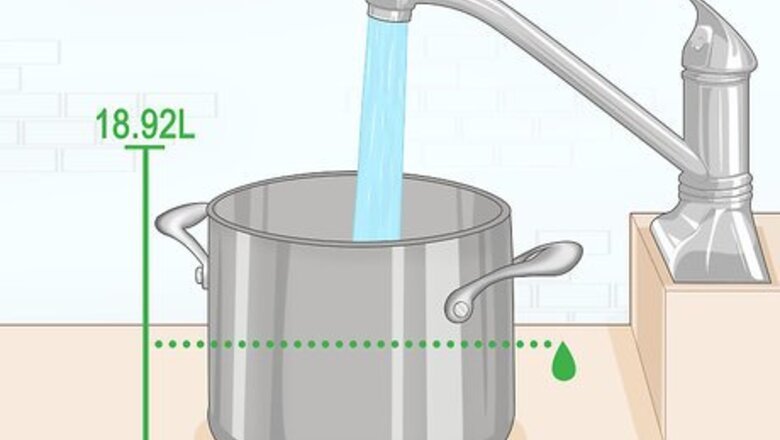
views
- You’ll make distilled water by boiling water until it becomes vapor.
- Then, you’ll let the vapor condense back into liquid form, leaving you with pure water, free of minerals or contaminants.
- Distilled water is perfectly safe to drink, but because of the lack of minerals, it might taste flat in comparison to regular tap water.
Distilling Tap Water on the Stove

Fill a 5-gallon (18.927 L) stainless steel pot about halfway full with tap water.

Place a glass bowl in the water, and bring the water to a boil. Be sure the glass bowl floats. The bowl should not touch the bottom of the pot. If the bowl doesn't float, remove it from the water and set a round baking rack on the bottom of the pot. Then place the bowl back in the water.
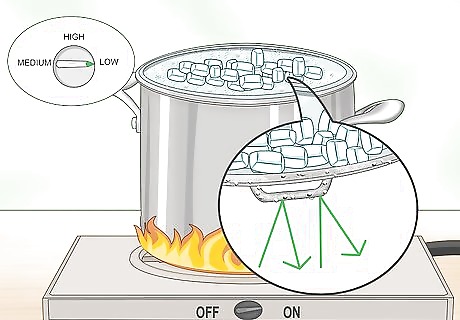
Turn the pot’s lid upside down and fill it with ice. When hot steam from the boiling water hits the cold lid, it’ll create the condensation you need for the distillation process.
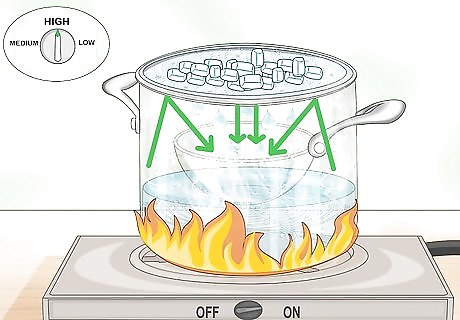
Keep boiling the water in your pot. As the water continues to boil, it will cause steam to rise and condense on the pot's lid. The condensation will drip into the bowl. Allow the distillation process to continue until you have enough distilled water in the bowl for your needs.
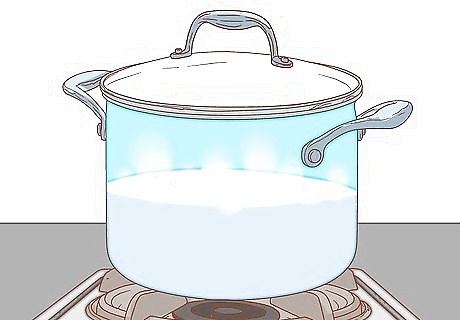
Make sure the water collecting in the bowl doesn’t boil. If the bowl water begins to boil, turn down the heat on the stove so that only the pot water is boiling.
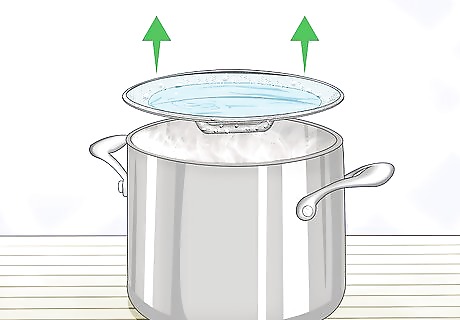
Remove your pot from the heat and take off the lid.

Take the bowl of distilled water out of the pot of boiling water. Use caution when doing this so you do not burn yourself. You can allow the water to cool before removing the bowl, if you prefer.
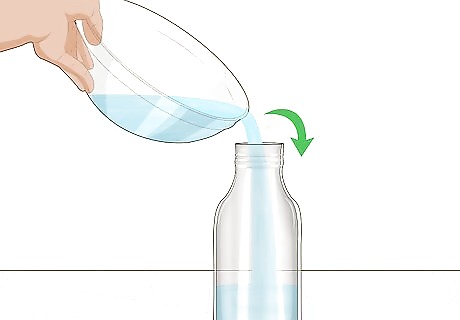
Allow the distilled water to cool before storing it.
Distilling Tap Water with Glass Bottles
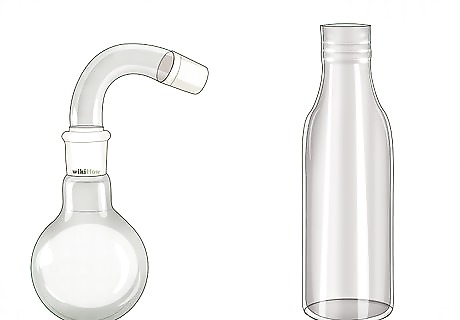
Get 2 glass bottles for making distilled water. This process works best if at least 1 of the bottles curves outward from the neck, preventing the distilled water from sliding back into the other bottle.
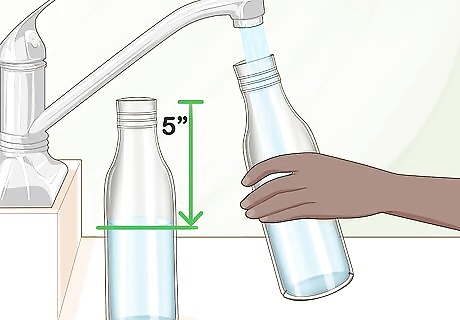
Fill 1 bottle with tap water. Stop filling about 5 in (12.7 cm) from the top.

Join the 2 bottles together at the neck and secure them tightly with duct tape.
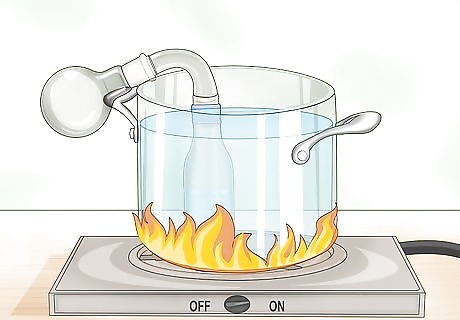
Use a 5-gallon (18.927 L) stainless steel pot of boiling water to distill the water. You want just enough water to cover the bottle filled with tap water.
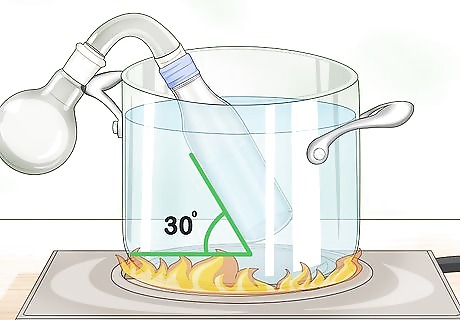
Tilt the bottles at about a 30-degree angle, leaning the top, empty bottle on the inside of the pot's rim. The angle makes it easier to collect the evaporated distilled water.
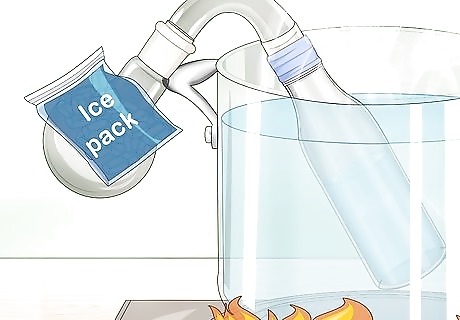
Rest an ice pack or a bag of ice on top of the bottle on top. This will create a hot/cold barrier, causing the evaporation of water in the filled bottle to condense into the cooler bottle.
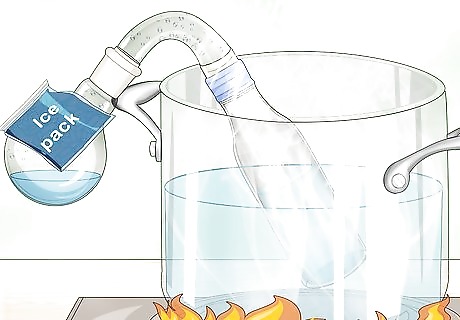
Continue the distillation process until you collect enough distilled water in the bottle for your needs.
Is Distilled Water Safe to Drink?
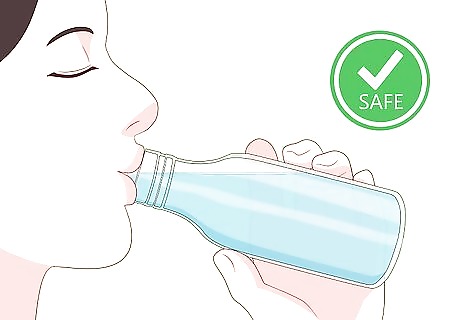
Yes, distilled water is safe to drink. Distilled water doesn’t contain the calcium or magnesium that you’d get from regular tap water. However, drinking distilled water typically won’t result in mineral deficiencies, because most people will get enough minerals from their diet. The biggest difference you’ll notice in drinking distilled water is the taste. The lack of minerals might make distilled water taste blander than tap water. In some cases, it might be more beneficial to drink distilled water if the tap water is unsafe.















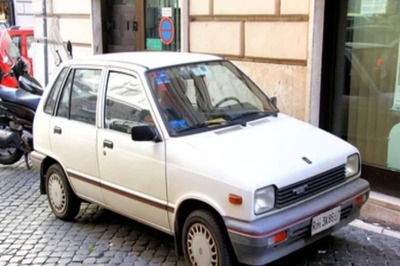

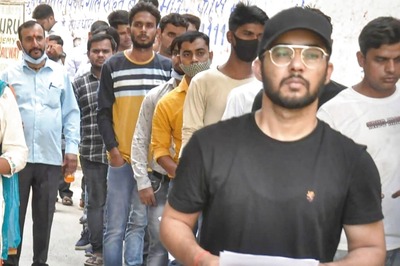
Comments
0 comment